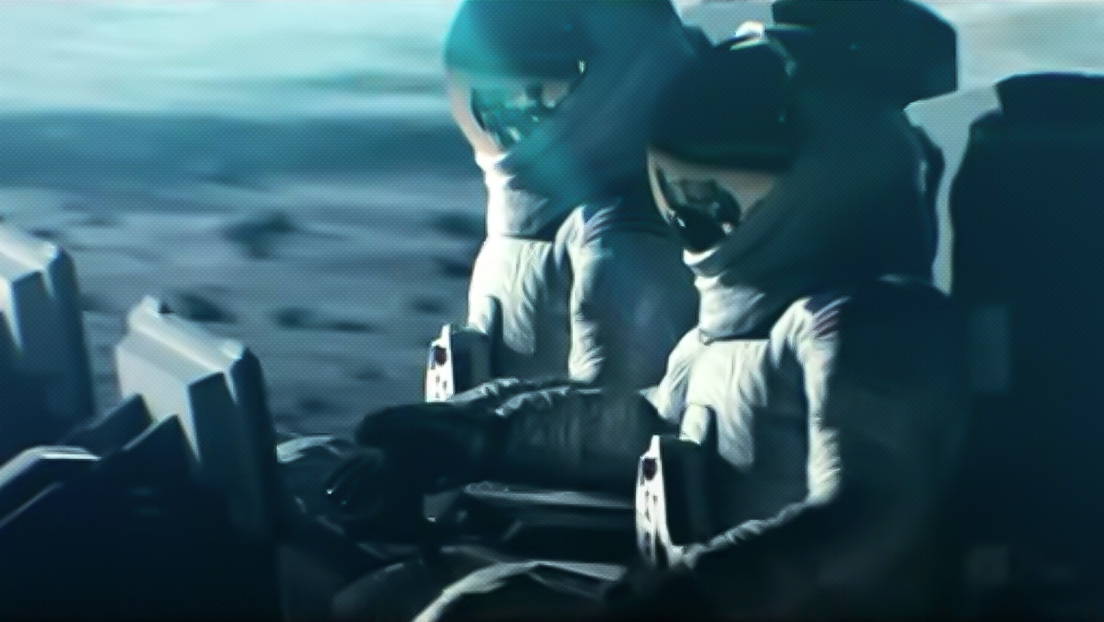Published:
26 May 2021 22:08 GMT
This autonomous vehicle can be controlled from the orbiter or lander.
Lockheed Martin and General Motors are working together to design the next-generation rover that will carry out scientific research on the moon and carry astronauts on future missions to Earth’s satellite.
Created to serve the Rover Sketch program Artemis NASA’s establishment of a base, vehicle stabilization, and human arrival by 2024 have been at the Moon’s South Pole for the first time since 1972. This new lunar infrastructure will expand and serve human space research Test technologies It will be used on subsequent missions to Mars.
“GM is a world leader in technologies and manufacturing Vehicles, And a world leader in Lockheed Martin Spacecraft. It makes a lot of sense for both companies to join forces to create a movement system on the moon “, Confirms Kirk Shireman, vice president of lunar exploration at Lockheed Martin.
The Landscape Vehicle Lunar (LTV) is the custom drive and all terrain Electric drive. This will have enough space to carry two astronauts in their respective cases. It is protected from solar radiation and can withstand severe temperature fluctuations during the day and night. -170 to 126 degrees Celsius. We also assume that the requirements of the concept will integrate the technologies of shooting according to lunar gravity.
The rovers of the Apollo program, and its development included GM, are no more than this 7.6 km From the landing site. Newer vehicles will have to travel longer distances.
According to the concept, astronauts can automatically position themselves in front of the rover before landing, instructing the vehicle from lander or lunar orbit to perform non-driving operations. In this way, “NASA will be able to carry out more scientific operations in less time and detect important information that may be on the remaining 95% of the lunar surface,” the company said in a statement.
“This next-generation Rover concept will be significantly extended Purpose of study Because astronauts carry out high-priority scientific research on the moon, “said Rick Ambrose, executive vice president of Lockheed Martin Space.
If you like it, share it with your friends!





:quality(85)/cloudfront-us-east-1.images.arcpublishing.com/infobae/KTKFKR763RBZ5BDQZJ36S5QUHM.jpg)